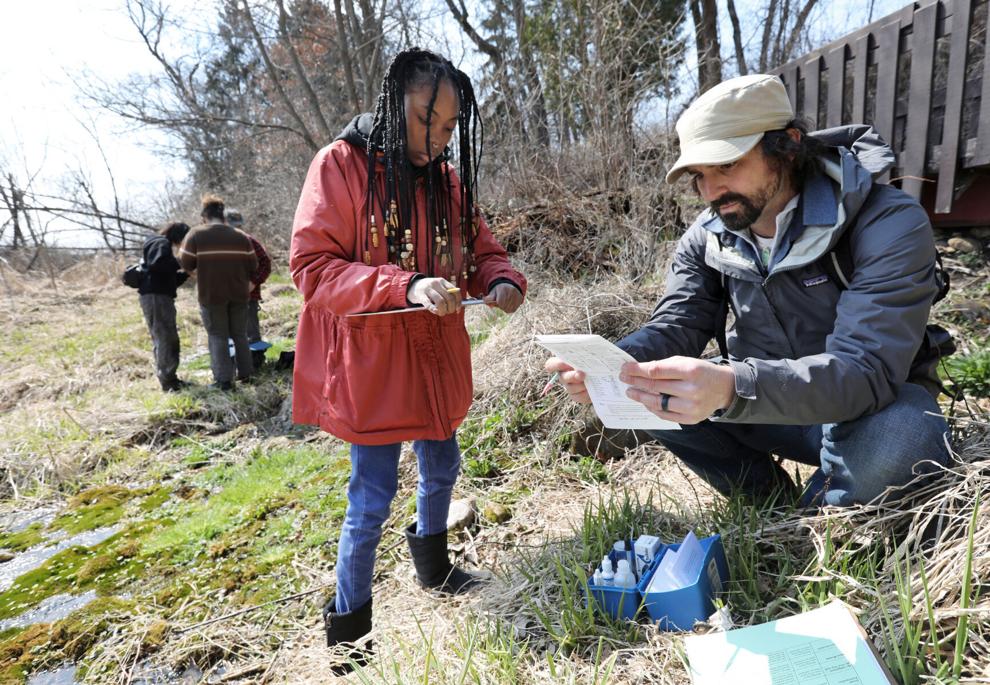
Students in an environmental program at Madison’s Shabazz high school not only learn about ecology and sustainability first hand. They also engage with the environment through sports, like fly fishing and paddling, that can serve them all their lives.
It all started when the science teachers were looking for ways to get students hooked on science by engaging them in a hands-on outdoor adventure. They decided that a combination of outdoor sports with environmental education is the ticket. In this project, which is called Project Green Teen, students study limnology and freshwater stream ecology through direct observation and measurement. The other part of the class involves learning outdoor adventure and group problem-solving skills through fly fishing, paddling, caving, snowshoeing and spending overnights outdoors, including in the Driftless Area of the state where the students do restoration work.
Influenced by the Project Green Teen, the school shifted to a project-based learning model that emphasizes connecting students with community partners and doing hands-on projects connected to the curriculum. Now, for four days a week, the school runs seven to eight two-hour long, interdisciplinary learning labs each semester in addition to more standard 50-minute classes.
This semester the students have done water quality testing and biotic indexing on several lakes and streams starting in January by drilling a hole in the ice. Information gathered through their citizen scientist work at the Warner Park lagoon is passed on to Friends of Warner Park.
The students will take a five-day field trip in May. In addition to canoeing and fishing with volunteer guides from Southern Wisconsin Trout Unlimited, students will work on restoration projects with the program’s community partners. The projects have involved rebuilding stream banks, planting trees near lakes and streams, removing beaver dams that were causing pooling and flooding, building lunker structures to expand fish habitat and removing invasive species and planting native species in their place.
